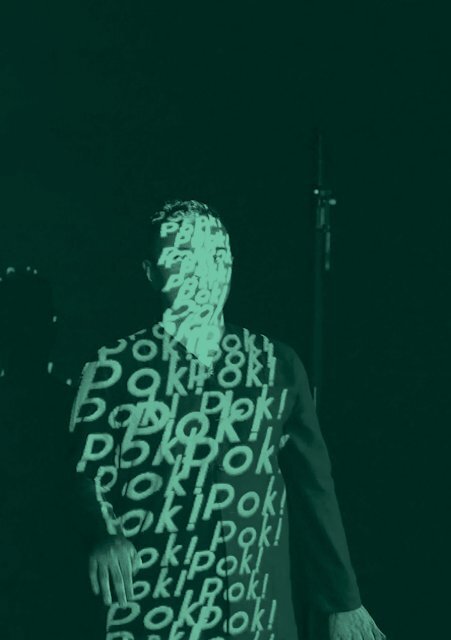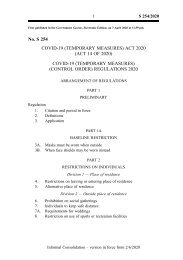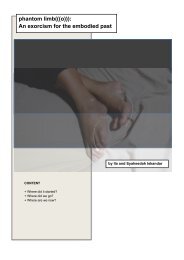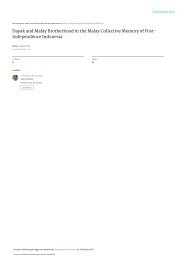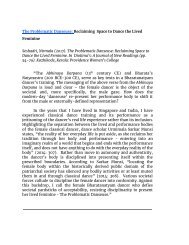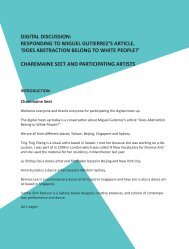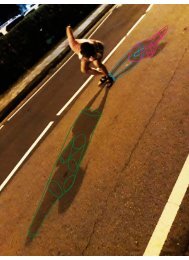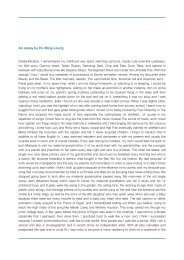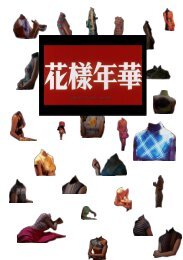FUSE#5
This edition of FUSE consists of articles contributed by artists who participated in Dance Nucleus' programmes in 2020.
This edition of FUSE consists of articles contributed by artists who participated in Dance Nucleus' programmes in 2020.
You also want an ePaper? Increase the reach of your titles
YUMPU automatically turns print PDFs into web optimized ePapers that Google loves.
FUSE #5<br />
Quirky Facts about Malay Dance in Singapore<br />
The 5 Malay music/dance genres that practitioners in Singapore practise<br />
are Asli, Inang, Masri, Joget and Zapin which are pan-Malay folk<br />
forms shared amongst communities of practitioners of the Malay world.<br />
Instead of merely providing basic information about Malay dance, I write<br />
4 quirky facts about Malay dance. Why quirky? Because these facts are<br />
“unexpected” and not insights that are easily packaged and available for<br />
the consumption of non-practising readers!<br />
1. Much Ado About Taxonomies<br />
The term “tari” which is the Malay equivalent for dance is in fact a<br />
term that was popularised during the colonial period to fit rigid artistic<br />
categories from the West. The Malay world is replete with indigenous<br />
taxonomies that also describe dancing or moving specific body parts<br />
such as tandak, igal and liok. 1<br />
In Singapore the argument between “traditionalists'' and “innovators”<br />
have pushed for the creation of various umbrella genres,<br />
in particular what constitutes as tradisional (traditional); kreasi (new<br />
creation); and kontemporari (contemporary). Tradisional is relatively<br />
regarded as a repertoire that continues to be practised actively today<br />
since its creation many years ago and its form “unchanged”. Kreasi<br />
refers to the creative re-creations of the traditional form yet maintaining<br />
elements of traditional Malay dance without crossing into the<br />
boundaries of the “contemporary”.<br />
The kontemporari has received much attention in the past decade<br />
and as an active practitioner today, there have been debates on whether<br />
kontemporari Malay dance has lost its Malay essence. Thus the need<br />
to make it kontemporari melayu as a reminder that even in the pursuit<br />
of contemporaneity, practitioners must always ensure that the Malay<br />
essence remains intact. Interestingly this “essence” also includes religious<br />
(Islamic) obligations as most Malays are Malay-Muslims.<br />
The preoccupation with the definition of these genres has been<br />
hotly debated throughout different generations and continue to be a<br />
topic amongst practitioners today.<br />
2. Collective Identities<br />
Malay dance continues to be a practice that is dependent on a<br />
guru-siswah (master-disciple) relationship. Students at most times are<br />
101


